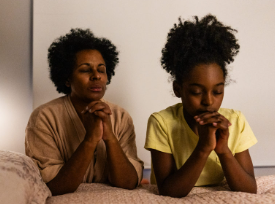Helping children understand how to stay safe around unfamiliar people is an important part of growing up. Teaching “stranger danger” awareness doesn’t have to be scary. With a gentle and age-appropriate approach, children can learn important safety skills while feeling confident and supported.
The goal is not to make children fearful of others, but to give them tools to recognize safe situations and know what to do if something feels uncomfortable. Here are some positive strategies to help children learn about personal safety:
- Use Clear and Simple Language
Explain what a stranger is using words that are easy to understand. Remind children that not all strangers are bad, but they should always check with a trusted adult before talking to or going anywhere with someone they don’t know. - Practice Safety Scenarios
Role-playing is a great way to teach safety skills. Practice situations like what to do if someone offers them a ride or asks them for help. Encourage them to say “no,” walk away, and tell a trusted adult. - Teach the Buddy System
Encourage children to stay with a friend, especially when playing outside or walking to school. Being with others helps them feel more confident and less vulnerable. - Identify Trusted Adults
Help children learn who they can turn to for help, such as parents, teachers, police officers, or school staff. Talk about what to do if they ever feel unsure or unsafe. - Reinforce Personal Boundaries
Teach children that their body belongs to them, and it’s okay to say “no” to unwanted touch or attention. Reinforcing boundaries helps build self-respect and awareness. - Keep the Conversation Going
Make safety a regular topic of conversation. Encourage children to ask questions and share their thoughts. An open and ongoing dialogue helps them feel supported and informed.
Teaching stranger danger awareness in a calm and friendly way empowers children without causing fear. By focusing on clear communication, safe habits, and trusted relationships, we help young learners build the confidence they need to make safe choices in everyday situations.






